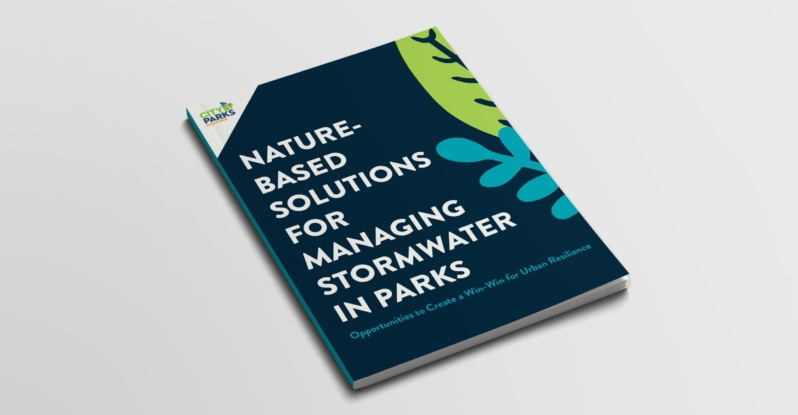Fast Facts
- Cumberland Park’s underground cistern now captures about 1 million gallons
of stormwater a year from surrounding streets and parking lots. - Water from Riverfront Park drains into a 375,000-gallon underground rain harvesting tank.
- Built for a combined cost of $61.5 million, the parks have helped generate $1 billion in new investment within just two blocks of their boundaries.
Conceived as more than just recreational spaces, these two parks were intended to remediate brownfields, preserve floodplains, and revitalize downtown Nashville’s cultural and natural resources. The parks fulfill a vital role in managing stormwater and making Nashville safer and more resilient.
Cumberland Park lies on 6.5 acres that were converted from surface parking. Riverfront Park occupies 12 acres of a remediated brownfield. Besides containing substantial stormwater features, the parks are turning into transportation hubs, linking residents to the riverfront with off-street paths for walking and biking, as well as floating docks.



